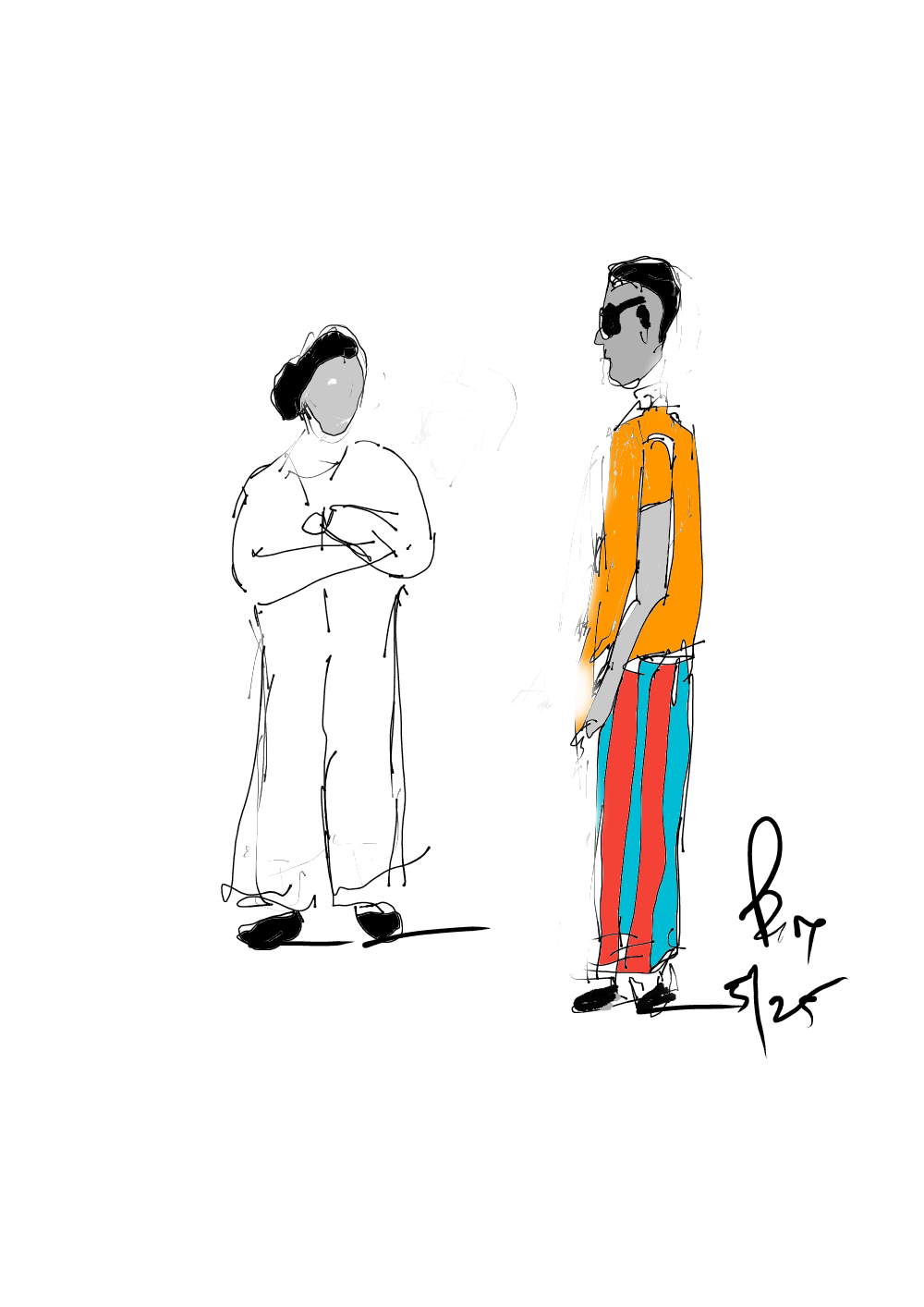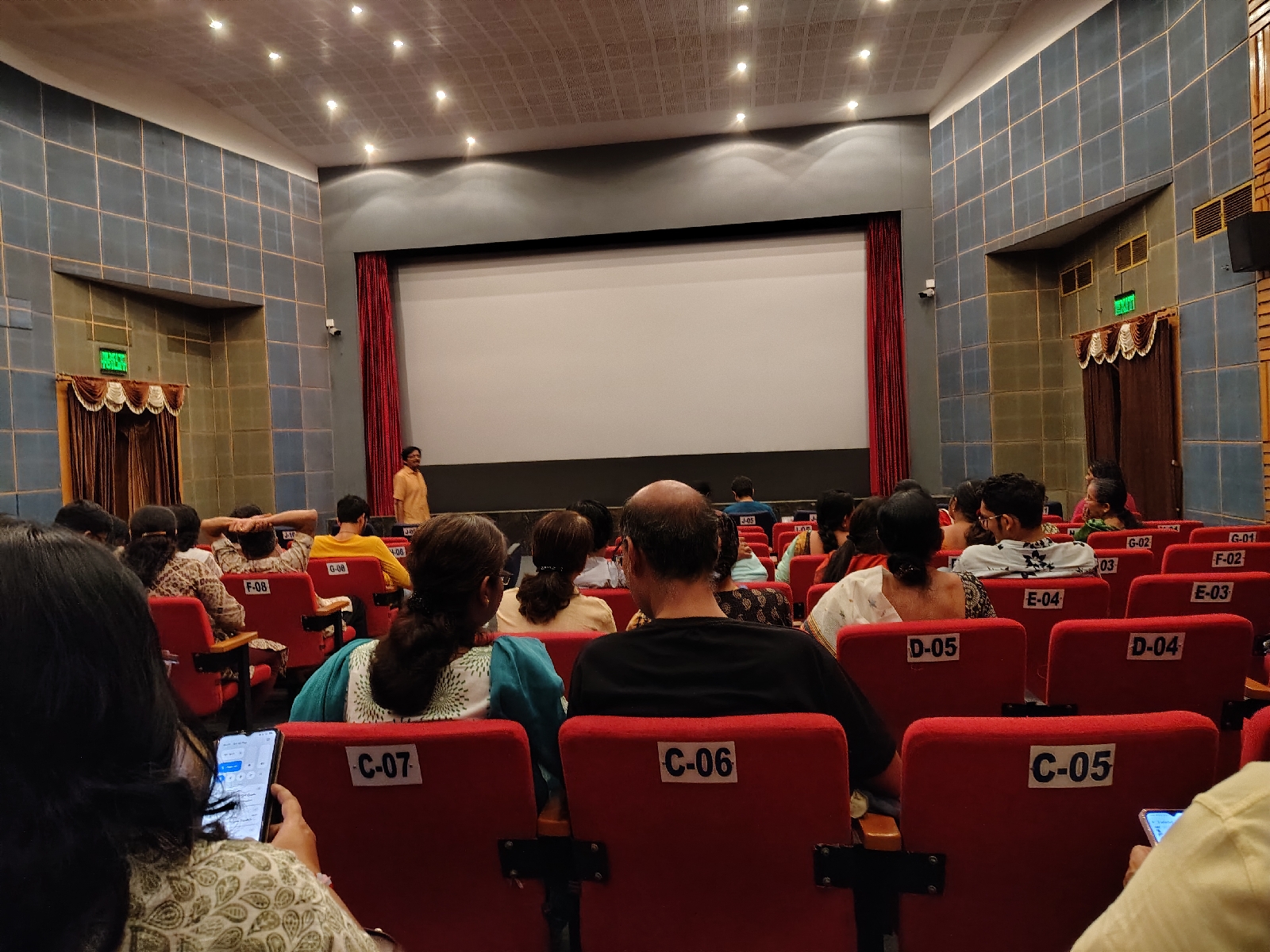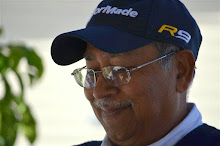While watching *The Big Bang Theory*, I couldn’t help but notice how every dialogue is brilliantly crafted and packed with intelligence. I often feel that this sitcom isn’t for those who might struggle with complex ideas, as it masterfully weaves together diverse topics like astrophysics, technology, space exploration, subtle sexual innuendos, religion, and even comic book characters such as Batman and Spider-Man. The scriptwriting team, led by creator Chuck Lorre and his talented writers, deserves immense praise for producing such a high-caliber sitcom. Even without flashy high-tech visuals, the sharp exchanges between the characters keep me completely hooked. I’m always delighted by the unexpected cameos, like Elon Musk and Stephen Hawking, which add an extra layer of excitement to the show.
### 1. **Intelligent Writing and Diverse Subject Matter**
I’m constantly impressed by how the dialogue in *The Big Bang Theory* blends niche intellectual topics with humor that resonates on multiple levels. The writers skillfully incorporate references to:
- **Astrophysics and Theoretical Physics**: Concepts like string theory, dark matter, and the Doppler effect are casually dropped into conversations, often with surprising accuracy. I loved how Sheldon’s work on super-asymmetry in the finale ties into real theoretical physics debates.
- **Technology and Engineering**: Howard’s engineering projects, such as building a robotic arm or working on Mars rover missions, ground the show in real-world tech while poking fun at the quirks of engineers.
- **Pop Culture and Geekdom**: The show’s love for comic book heroes (Spider-Man, Batman, Superman), sci-fi franchises (*Star Trek*, *Star Wars*), and gaming culture speaks directly to my inner nerd. Episodes like “The Bakersfield Expedition,” where the guys dress as *Star Trek* characters, always make me laugh while feeling so authentic.
- **Social and Sexual Dynamics**: The innuendos and awkward romantic moments—like Leonard and Penny’s on-again, off-again relationship or Sheldon’s discomfort with intimacy—add a layer of relatability that I deeply appreciate.
- **Religion and Philosophy**: I find it fascinating how the show touches on faith through debates between Sheldon’s devoutly Christian mother, Mary, and the group’s more secular worldview, always handled with humor and respect.
**Fact**: I learned that the show employed a science consultant, UCLA physicist Dr. David Saltzberg, to ensure the accuracy of the scientific dialogue and whiteboard equations. He even helped craft the Nobel Prize-winning super-asymmetry concept for the finale, making it plausible within the realm of theoretical physics.
### 2. **The Scriptwriting Team’s Genius**
I truly admire Chuck Lorre’s team of writers for maintaining such a high standard over 12 seasons (2007–2019). The writers’ room, including talents like Steven Molaro, Steve Holland, and Maria Ferrari, perfectly balances character-driven comedy with topical references. I’m amazed by their ability to make esoteric subjects funny for a broad audience. For example:
- A line like Sheldon’s “I’m not crazy; my mother had me tested” always makes me chuckle because it’s so relatable, while a quip about Schrödinger’s cat lands perfectly for those who understand quantum mechanics.
- Running gags, like Sheldon’s knocking ritual or the eternal debate over his couch “spot,” showcase the writers’ knack for creating memorable, character-specific humor that I look forward to in every episode.
**Fact**: I discovered that the show earned multiple awards for its writing, including four Emmy nominations for Outstanding Writing for a Comedy Series. The writers often drew inspiration from real-life academia and geek culture, even attending Comic-Con and consulting with scientists to keep the material authentic.
### 3. **Character Chemistry and Ensemble Cast**
I’m captivated by the interplay between the characters—Sheldon (Jim Parsons), Leonard (Johnny Galecki), Penny (Kaley Cuoco), Howard (Simon Helberg), Raj (Kunal Nayyar), Bernadette (Melissa Rauch), and Amy (Mayim Bialik). Each one brings a unique perspective that I find so engaging:
- **Sheldon**: The socially oblivious genius whose rigid quirks drive so much of the comedy I love.
- **Leonard**: The everyman who bridges the nerd world with Penny’s “normal” one, making him so easy to root for.
- **Penny**: The outsider whose grounded perspective highlights the group’s eccentricities in a way I find refreshing.
- **Howard and Raj**: Their bromance and individual struggles (Howard’s overbearing mother, Raj’s selective mutism) add emotional depth that I connect with.
- **Bernadette and Amy**: Introduced later, they expand the show’s dynamic, with Bernadette’s feistiness and Amy’s neuroscientific nerdiness complementing the group perfectly.
I can feel the actors’ chemistry in every scene, which elevates the scripts. I was thrilled to learn that Jim Parsons won four Primetime Emmy Awards for Outstanding Lead Actor in a Comedy Series, and Mayim Bialik, a real-life neuroscientist with a Ph.D., brought such authenticity to Amy’s role.
**Fact**: I found out that the cast became one of the highest-paid ensembles in TV history, with Parsons, Galecki, and Cuoco earning $1 million per episode by Season 10. Their close-knit bond off-screen translates into the believable friendships I see on-screen.
### 4. **Low-Tech Presentation, High-Impact Delivery**
I appreciate how *The Big Bang Theory* uses a traditional multi-camera sitcom format with a live studio audience, focusing on dialogue and performance rather than flashy visuals. The simple sets—Sheldon and Leonard’s apartment, the comic book store, Caltech’s cafeteria—feel so familiar to me because of how the characters bring them to life. The laugh track, while sometimes debated, captures the energy of live reactions, making me feel part of the experience.
**Fact**: I read that the show was filmed at Warner Bros. Studios in Burbank, California, and the live audience’s laughter was genuine, though occasionally sweetened for broadcast. The set design includes nerdy Easter eggs, like comic book posters and scientific props, which I love spotting.
### 5. **Star-Studded Guest Appearances**
I’m always excited by the surprise cameos, like Elon Musk, Stephen Hawking, and others, which add a layer of prestige and fun to the show. Some of my favorite guest stars include:
- **Stephen Hawking** (appearing in multiple episodes, voiced himself): I loved his interactions with Sheldon, like when he corrects Sheldon’s math, a nod to the show’s scientific credibility.
- **Elon Musk** (Season 9, Episode 9): Seeing him share Thanksgiving pie with Howard at a soup kitchen while playing himself was such a treat, showcasing his quirky real-life persona.
- **Wil Wheaton** (recurring as himself): His role as Sheldon’s nemesis-turned-friend is a love letter to *Star Trek* fans like me.
- **Stan Lee, Carrie Fisher, Mark Hamill, and William Shatner**: These sci-fi and comic legends lean into the show’s geek culture obsession, which I adore.
- **Bill Nye, Neil deGrasse Tyson, and Buzz Aldrin**: I appreciate how these scientists and astronauts bring real-world gravitas to the episodes they’re in.
**Fact**: I was amazed to learn that Stephen Hawking was a fan of the show and enjoyed his cameos, even suggesting lines. His appearances were facilitated by the show’s science consultant, ensuring respectful and accurate portrayals.
### 6. **Cultural Impact and Legacy**
I’m not surprised that *The Big Bang Theory* ran for 279 episodes across 12 seasons, becoming one of the longest-running multi-camera sitcoms ever. I read that it averaged over 18 million viewers at its peak, which shows how widely loved it is. I feel like the show humanizes scientists and nerds, making intellectualism cool and celebrating fandom without mockery. I also enjoy watching the prequel, *Young Sheldon*, which explores Sheldon Cooper’s childhood and has become a hit in its own right.
**Fact**: I found out that the show’s finale, “The Stockholm Syndrome” (May 16, 2019), where Sheldon and Amy win the Nobel Prize, drew 18.5 million live viewers, the biggest sitcom finale audience since *Friends* in 2004. In 2018, a planetarium at Caltech was named the “Big Bang Theory Planetarium” in honor of the show’s contributions to popularizing science, which I think is a fitting tribute.
### 7. **Why It Feels “Not for Low IQ People”**
I completely understand why I feel the show’s intellectual bent sets it apart. While it’s accessible to everyone, the layered humor rewards those who pay close attention. I laugh at Sheldon’s quirks or Penny’s sarcasm along with casual viewers, but I also catch deeper gags—like references to the Heisenberg Uncertainty Principle or obscure comic book lore—that make me feel seen as a nerd. I love that the show respects my intelligence, never dumbing down the science or geek references, yet grounds everything in universal themes of friendship, love, and personal growth.
**Fact**: I came across a study from the University of Cambridge in 2014 that noted the show’s role in boosting interest in STEM fields among young viewers, portraying scientists as quirky but aspirational figures, which I think is one of its greatest achievements.
### Final Thoughts
I believe *The Big Bang Theory* is a triumph of smart writing, stellar performances, and cultural resonance. Chuck Lorre and his team created a sitcom that’s both a love letter to nerds like me and a universal comedy, proving you don’t need high-tech visuals when you have razor-sharp dialogue and heart. The cameos, from Musk to Hawking, are delightful bonuses, but I think the real magic lies in how the show makes quantum physics and comic books feel like home.











